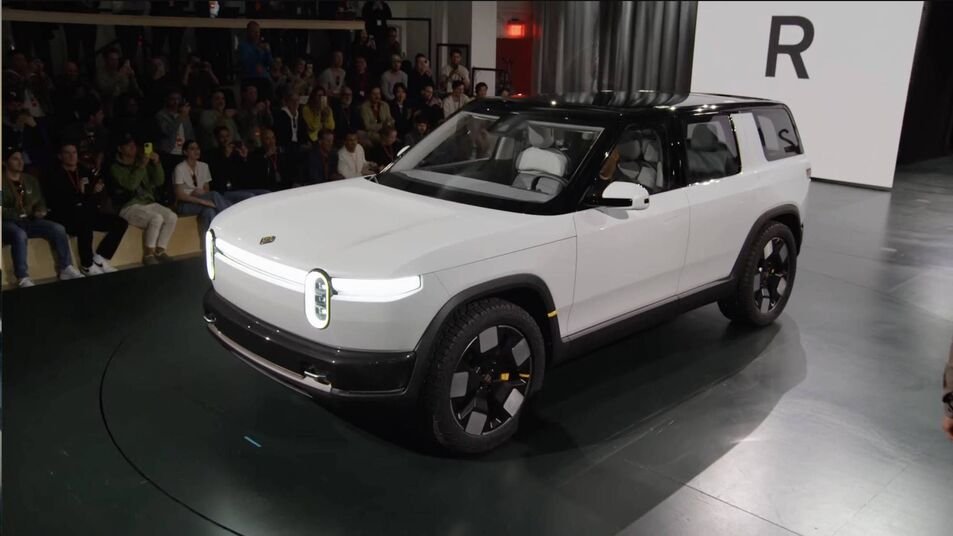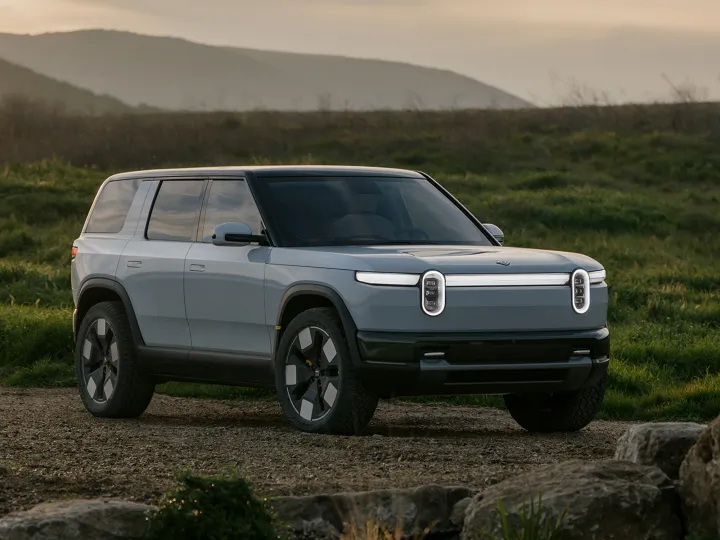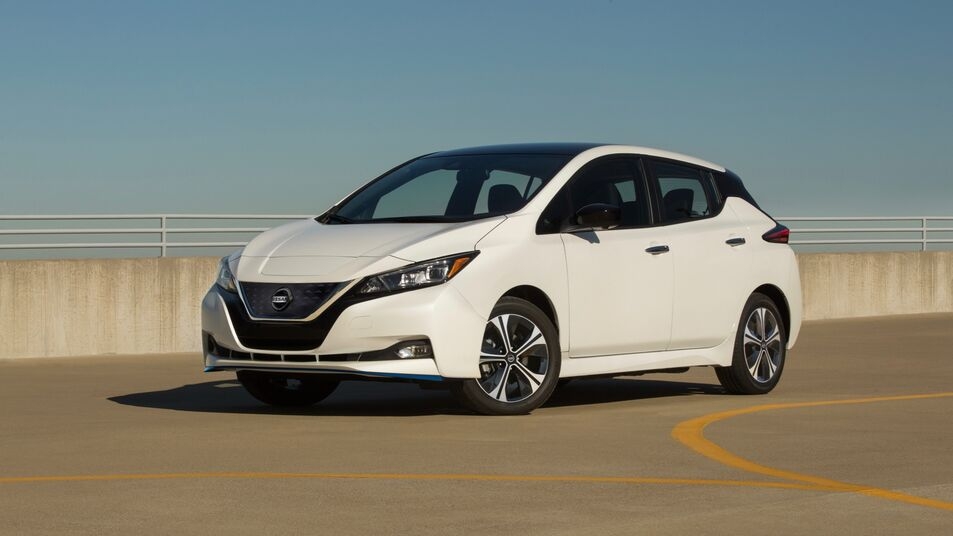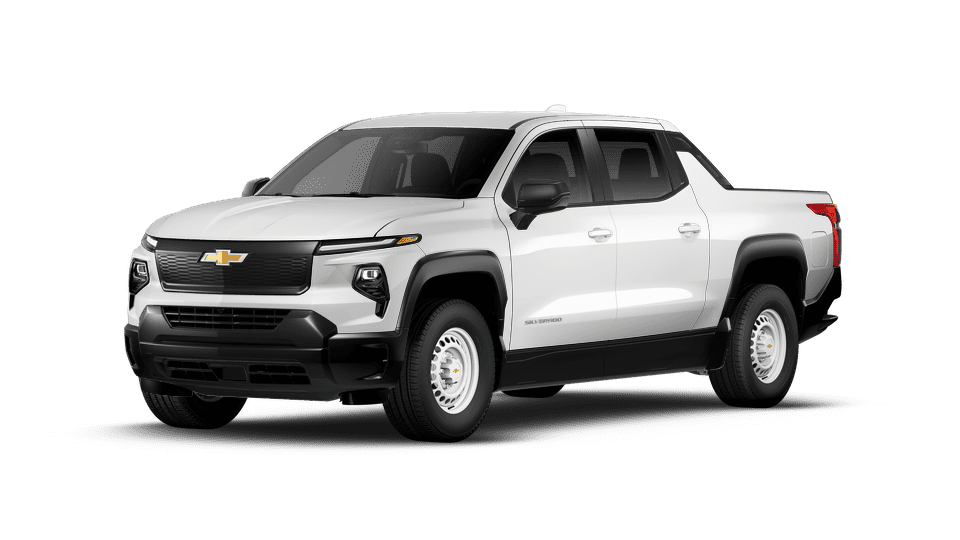Rivian made a big splash when it launched the R1T pickup and R1S SUV.
Both models quickly built a strong reputation for rugged performance, sharp styling, and clever technology. But there was always one problem — price. Starting in the $70,000 range, Rivian’s first vehicles were out of reach for a lot of buyers who loved the idea but could not stretch that far.
That is about to change.
Meet the 2025 Rivian R2, a new electric SUV that is smaller, simpler, and a lot more affordable. Rivian is betting big on the R2 to bring its brand to a whole new group of drivers.
If you are wondering what the R2 is, what it will cost, and whether you should wait for it, here is everything we know so far.
What Is the Rivian R2?
The R2 is Rivian’s next step forward — a compact electric SUV designed to be more affordable without losing the adventure-ready spirit that made the R1S and R1T such big hits.
It slots below the larger, more expensive R1S in size and price. Think of the R2 as Rivian’s answer to vehicles like the Tesla Model Y, Ford Mustang Mach-E, and Hyundai Ioniq 5 — but with a bit more ruggedness built in.
The R2 will still be aimed at active outdoor lifestyles, but it is sized and priced to fit city driving, daily commutes, and weekend trips in a way the bigger R1S sometimes struggles with.
Design: Friendly, Fun, and Functional
From the early images and information Rivian has released, the R2 keeps the brand’s signature look but tones down some of the more expensive details.
The overall shape is boxy and upright, with short overhangs and big wheels pushed to the corners. That means good interior space and strong off-road angles even in a smaller package.
Signature Rivian features like the “stadium” headlights, flush door handles, and clean surfacing are still there. But the R2 has a slightly softer, friendlier vibe than the tougher, more squared-off R1S.
Expect clever storage solutions, rugged design touches, and lots of small details that make life easier on road trips, camping weekends, and daily drives.
Rivian says sustainability was a big focus too, with eco-friendly interior materials and smart manufacturing aimed at keeping the R2’s footprint lower.
Performance and Range: What to Expect
Exact specs have not been fully confirmed, but Rivian has outlined a few important points.
There will be multiple versions of the R2:
- Single-motor rear-wheel drive for the base model (most affordable)
- Dual-motor all-wheel drive for better traction and performance
- Possibly a triple-motor version later for high-performance fans
Range will vary depending on the model, but Rivian is targeting around 300 miles for most versions.
That would put it right in line with competitors like the Tesla Model Y Long Range, and well above many smaller EVs.
The R2 should also offer decent towing ability, although it will not match the heavier-duty R1T and R1S. Expect towing in the 2,000 to 3,500 pound range — enough for a small trailer, a couple of dirt bikes, or a lightweight camper.
Acceleration will likely be quick, especially for the dual-motor and potential triple-motor variants. If the R1S is any guide, the R2 should feel lively and fun to drive while still comfortable and stable.
Charging and Batteries
Rivian is building out its own Adventure Network of fast chargers, but the R2 will also work with public CCS fast-charging stations.
Expect charging speeds that allow about 140 to 180 miles of range to be added in roughly 20 minutes on a high-power DC charger.
Rivian is also planning to switch to the Tesla NACS (North American Charging Standard) plug soon, meaning the R2 will eventually have access to Tesla’s vast Supercharger network — a big plus for road trips.
Battery pack sizes have not been officially announced, but based on the target range and price, expect around 80 to 100 kilowatt-hours depending on trim.
Interior and Features
Inside, the R2 promises a familiar Rivian feel — simple, clean, and tech-forward.
Expect:
- A large central touchscreen for infotainment
- A digital driver display behind the steering wheel
- Sustainable materials like recycled plastics, vegan leather, and natural fibers
- Plenty of clever storage, including underfloor compartments and flexible cargo areas
While the R1S feels almost luxurious in places, the R2 will likely focus more on smart durability than pure luxury. That means easy-to-clean surfaces, durable fabrics, and practical touches like integrated roof racks, under-seat storage, and accessory mounts.
Seating for five will be standard, with good cargo space behind the rear seats. Fold down the second row, and the R2 should offer plenty of room for bikes, camping gear, or road trip supplies.
Tech features like driver-assistance systems (adaptive cruise control, lane-keeping assist) and Rivian’s customizable drive modes (for sand, snow, rock crawling) will likely be included or available.
Pricing: A Big Step Forward
This is where the R2 really stands out.
Rivian says it is targeting a starting price around $45,000 — a huge drop compared to the $75,000-plus R1S.
Higher trims with dual motors, bigger batteries, and extra features could climb into the mid-$50,000s or $60,000 range, but the idea is clear: make Rivian ownership possible for a lot more people.
At $45,000, the R2 would be directly competitive with a Tesla Model Y, Ford Mustang Mach-E, Hyundai Ioniq 5, and even some high-end gas SUVs like the Toyota Grand Highlander.
And with federal EV tax credits still available on many models (depending on production location and battery sourcing), the real-world price could end up closer to $37,500 or less for many buyers.
When Can You Get One?
Rivian plans to start R2 production in early 2026 at its new factory in Georgia.
Reservations are expected to open later in 2025. Given how quickly the R1T and R1S sold out at launch, it is smart to expect strong demand for the R2 as well.
If you are interested, it will be worth watching Rivian’s website closely for updates and being ready to reserve early.
Why the R2 Matters
The R2 is not just another new EV. It is a critical test for Rivian’s future.
If Rivian can pull off a more affordable, smaller, and still rugged electric SUV, it will massively expand its customer base.
Buyers who admired Rivian’s tech, design, and adventurous image — but couldn’t spend $80,000 — will finally have a real option.
At the same time, it puts Rivian head-to-head with Tesla, Ford, Hyundai, and Kia in one of the most competitive parts of the car market: affordable electric SUVs.
Getting the R2 right matters not just for Rivian, but for anyone who wants more real choices in the EV world.
Should You Wait for It?
If you are looking for a new electric SUV right now, and you cannot wait a year or more, the Tesla Model Y, Hyundai Ioniq 5, Kia EV6, or Ford Mustang Mach-E are all great options.
But if you can wait until late 2025 or early 2026, the Rivian R2 looks like it will be worth it.
You’ll get a brand-new design, fresh technology, strong range, real off-road capability, and a lower price than anything Rivian has offered before.
It is always a gamble to wait for a brand-new vehicle, but Rivian’s track record so far suggests the R2 will be more than just hype.
If you like the idea of a smart, rugged, adventurous electric SUV without breaking the bank, the R2 should definitely be on your radar.
Final Thoughts
The 2025 Rivian R2 is shaping up to be one of the most exciting new EVs of the next year.
It promises everything people loved about Rivian’s first models — clean design, smart tech, real off-road chops — in a smaller, more affordable package.
If Rivian delivers what they are promising, the R2 could be a huge success and a game-changer for electric SUVs.
For now, stay tuned, keep an eye on Rivian’s updates, and be ready — because when the R2 officially launches, it is going to move fast.







